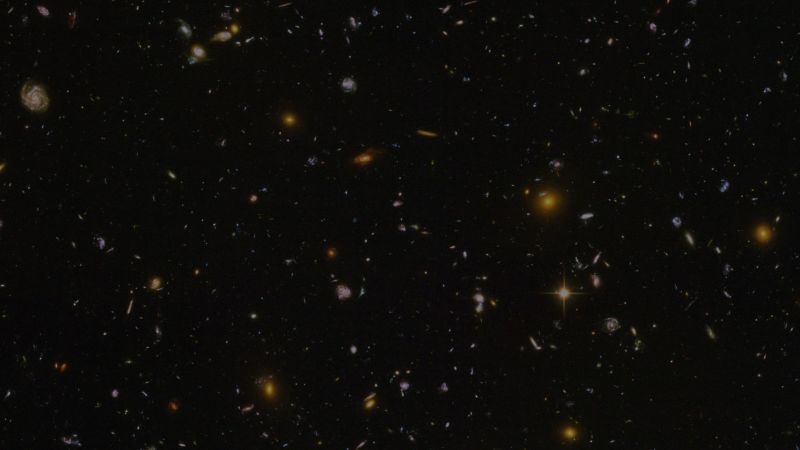
Unraveling the Mystery of Animal Markings: Revisiting Turing’s Theory
When computer scientist Alan Turing proposed his theory in 1952, he could not have foreseen the advances modern scientists have made in animal genetics and patterns of development. A new study published in the journal Proceedings of the National Academy of Sciences has provided a developmentally based update to Turing’s theory.
Turing proposed that the patterns of spots and stripes that animals such as zebras, leopards, and tigers possess were generated by the interaction of two hormones during embryonic development. One hormone was responsible for stimulating pigment development, while the other inhibited the development of pigment. Working together, the two hormones created patterns of spots and stripes by virtue of their different levels of development in different areas of the body.
The new study furthers Turing’s hypothesis by showing how cell activity and gene expression can shape the development of patterns. Using sea urchins as a model organism, researchers found that the appearance of spots and stripes arose from differences in cell type and gene expression within embryos. Through the use of genetic manipulation, the researchers were able to demonstrate how cells on the outside of the embryos were sensitive to the environment, while cells on the inside were not.
These findings suggest that, rather than hormone differences, patterns of spots and stripes originate from differences in cell activity and gene expression. These concepts could help explain the wide variety of animal patterns observed in nature. Further research is needed to confirm the results and to better understand the biological processes involved.
This new understanding of the way spots and stripes develop in animals provides a more comprehensive view of Alan Turing’s original theory. This further refinement of the theory opens up potential for further research and ultimately could lead to a better understanding of how these patterns form.
